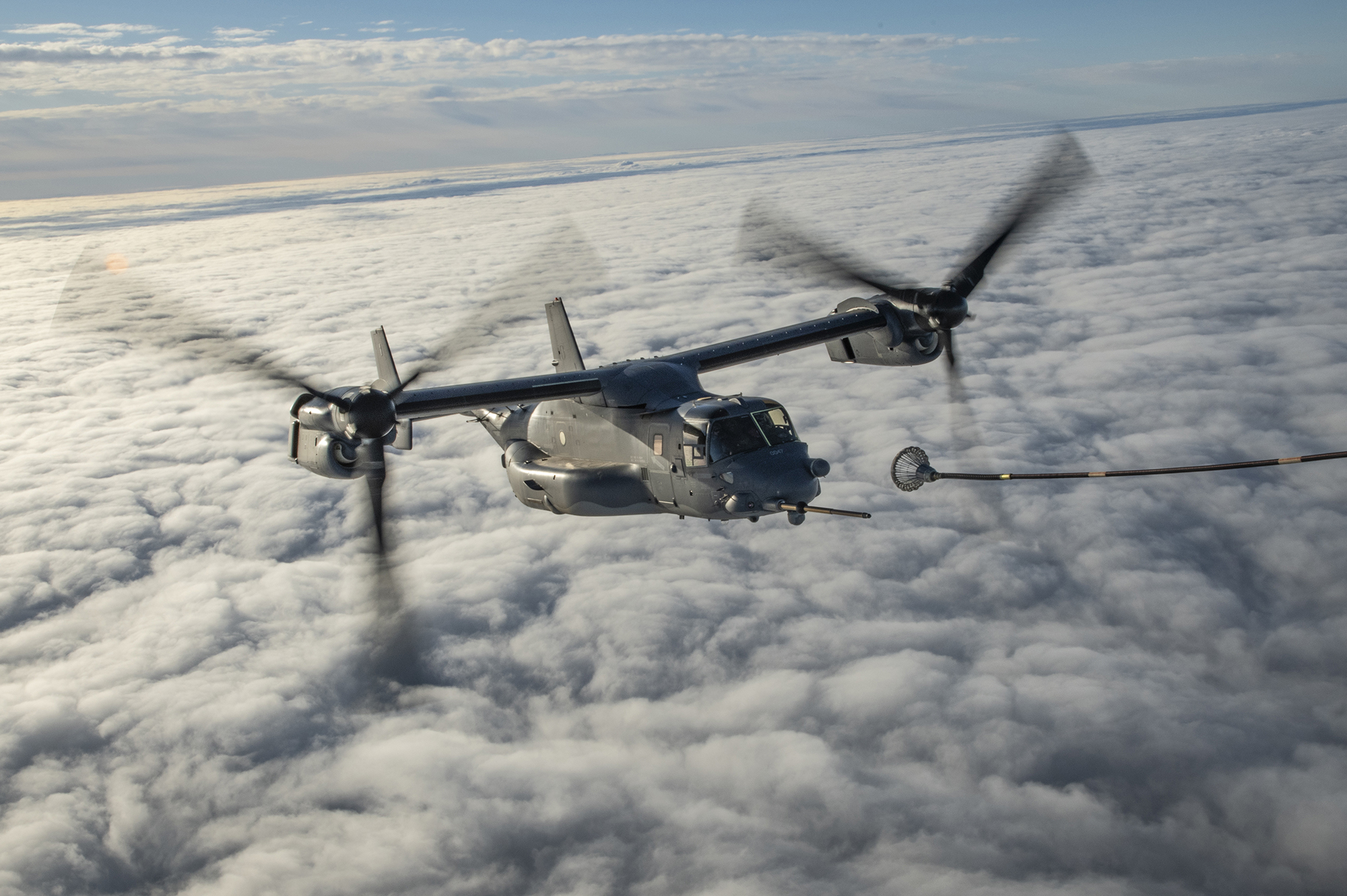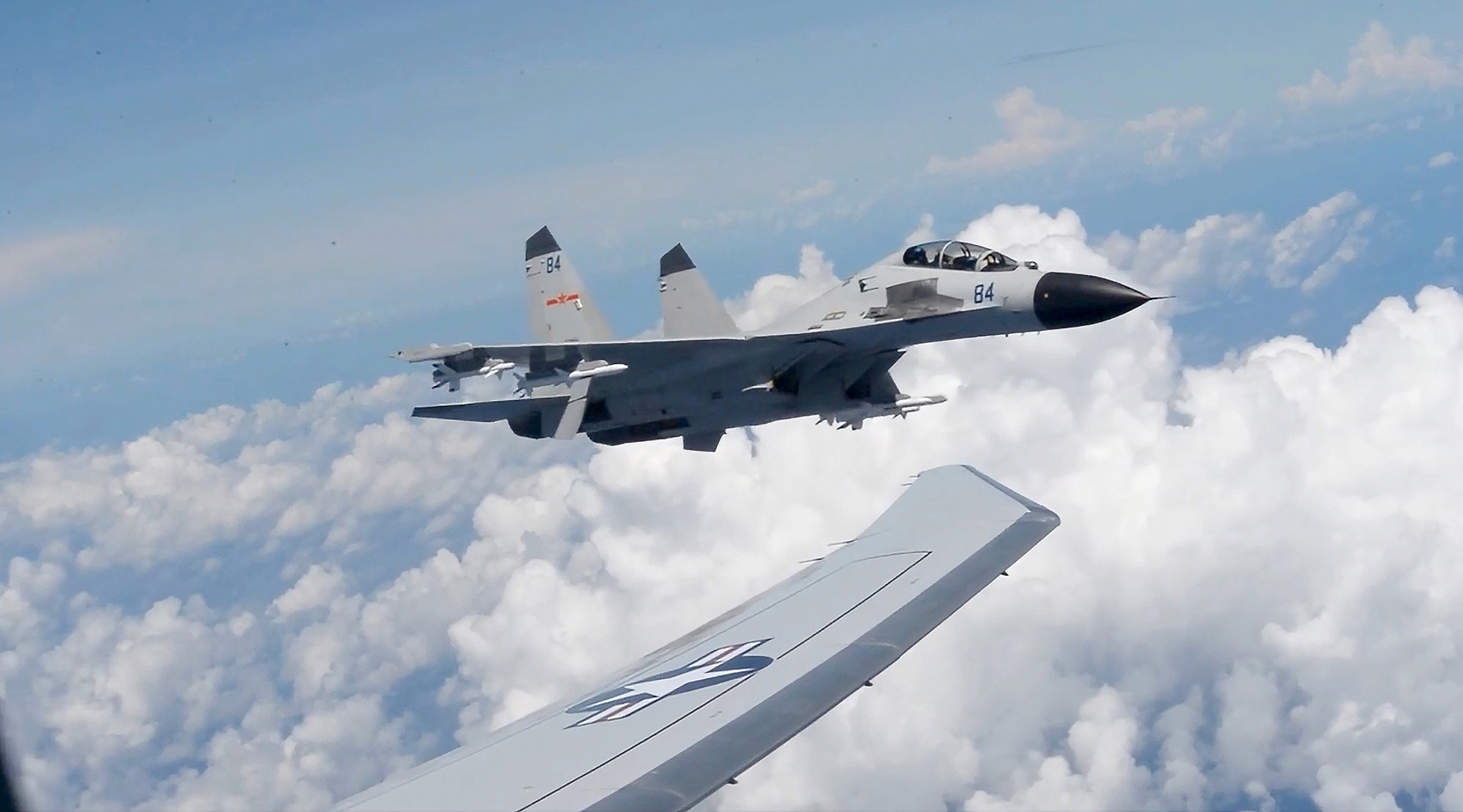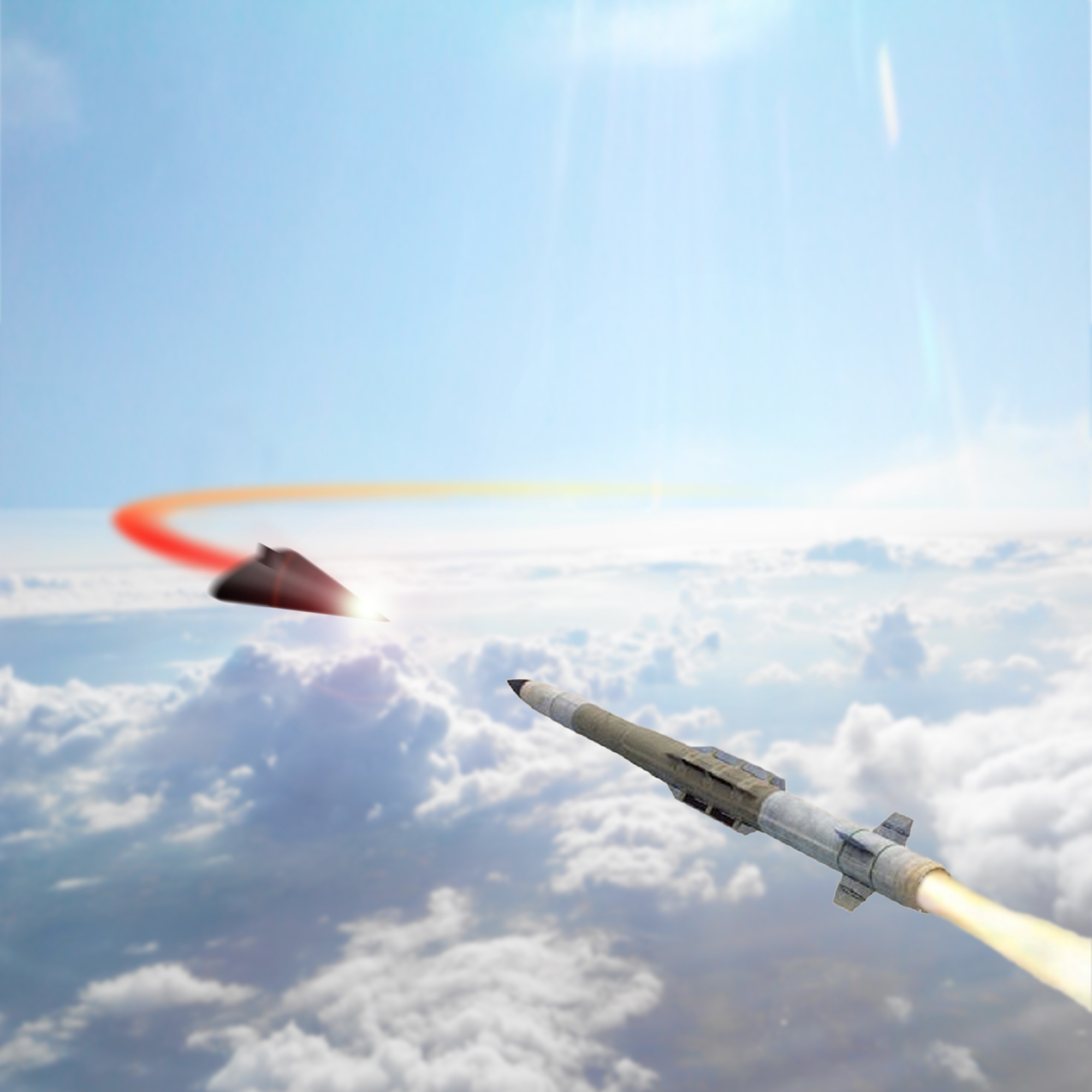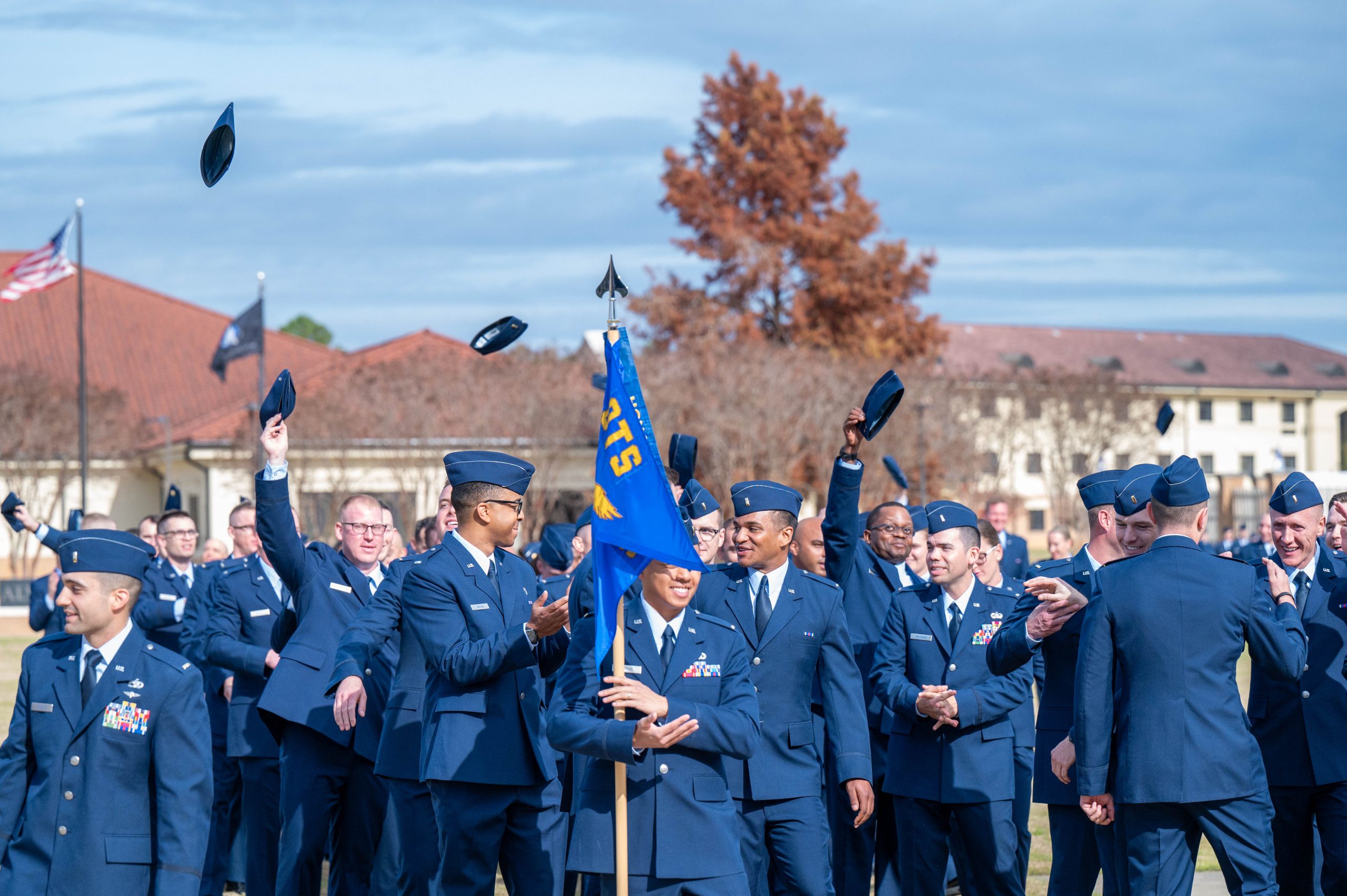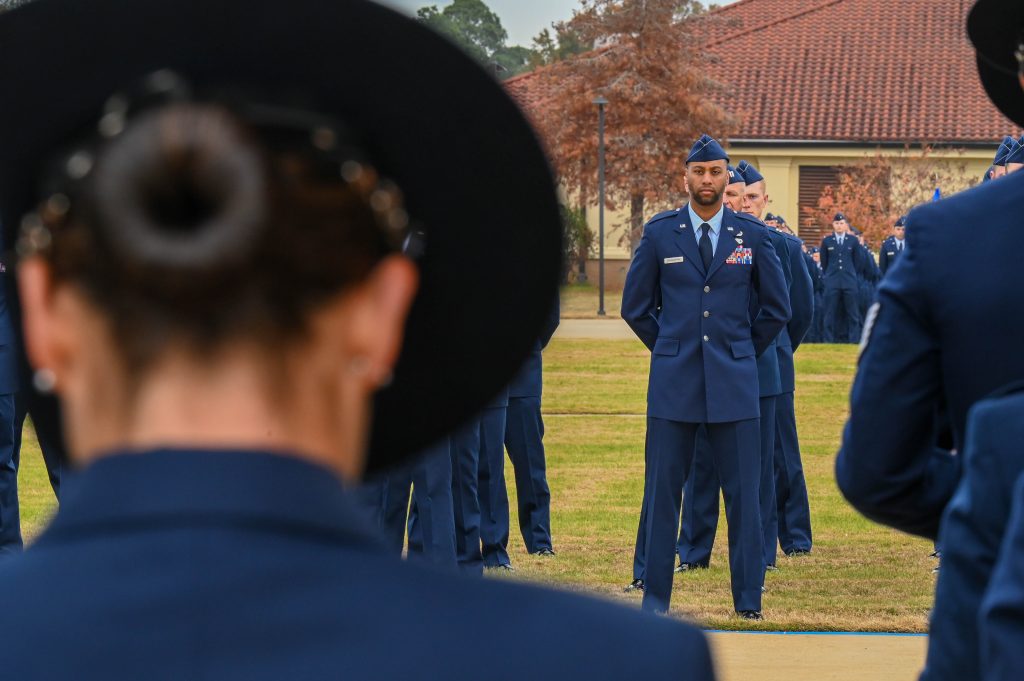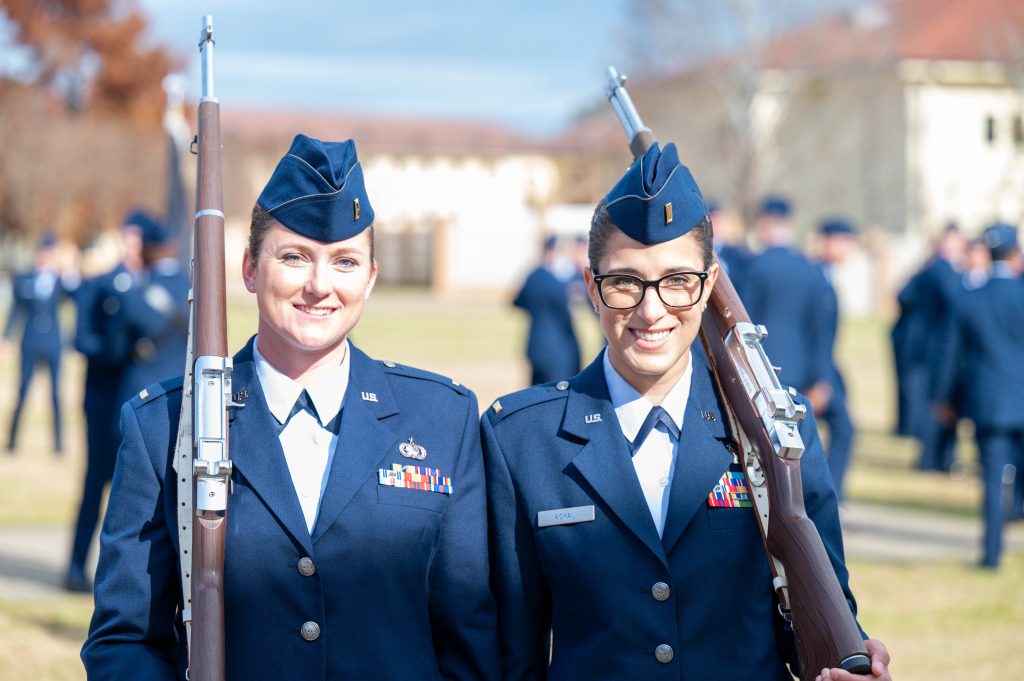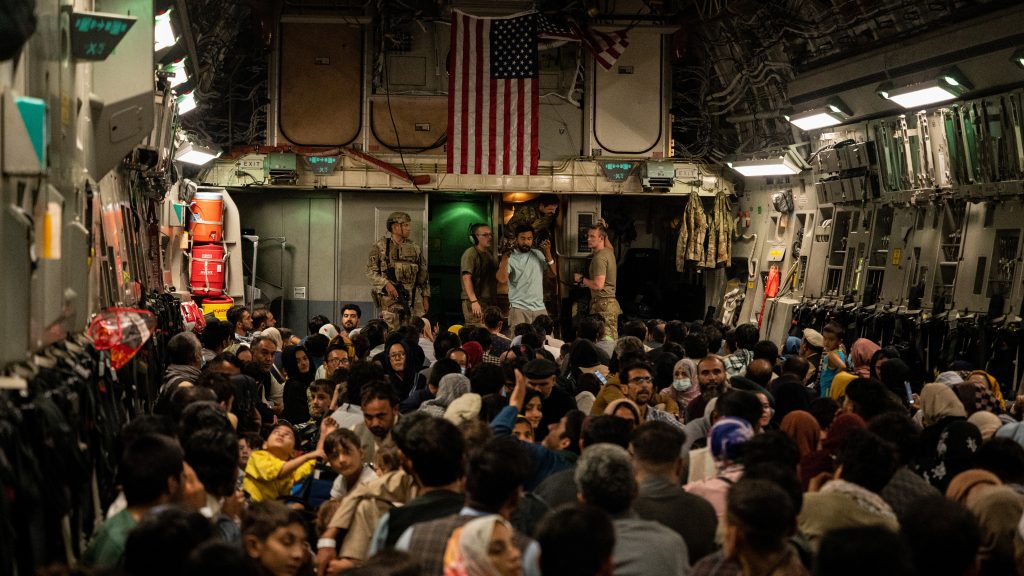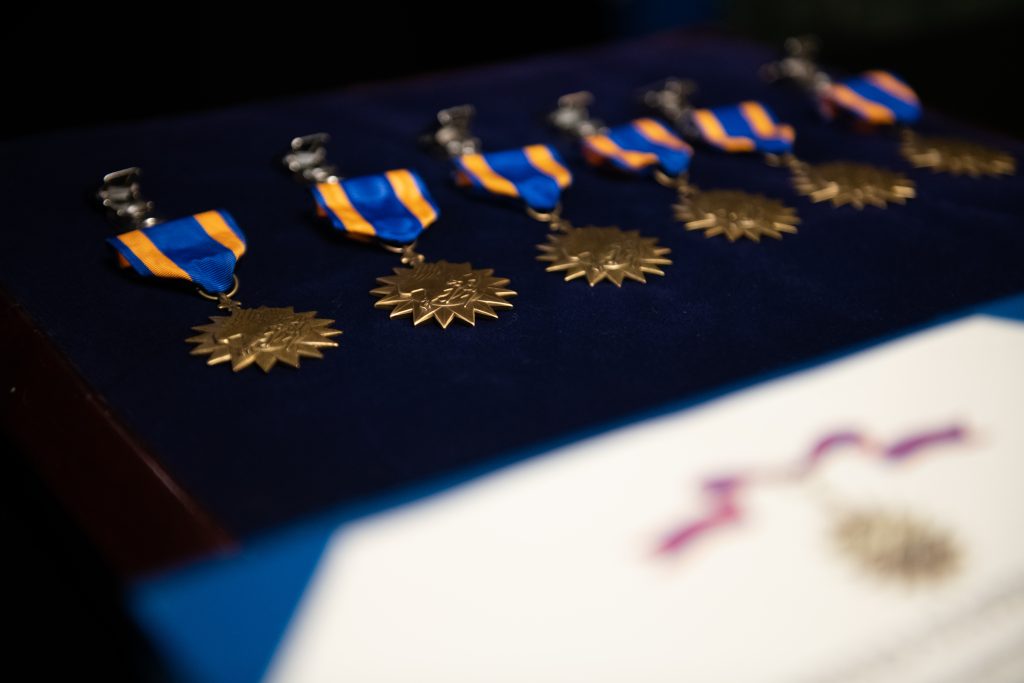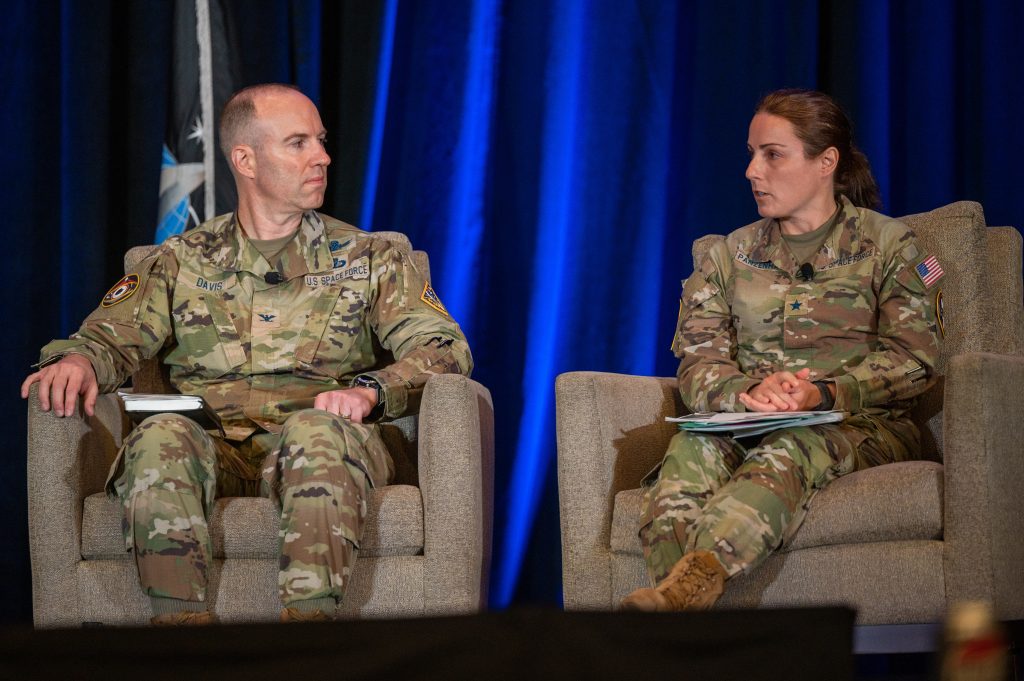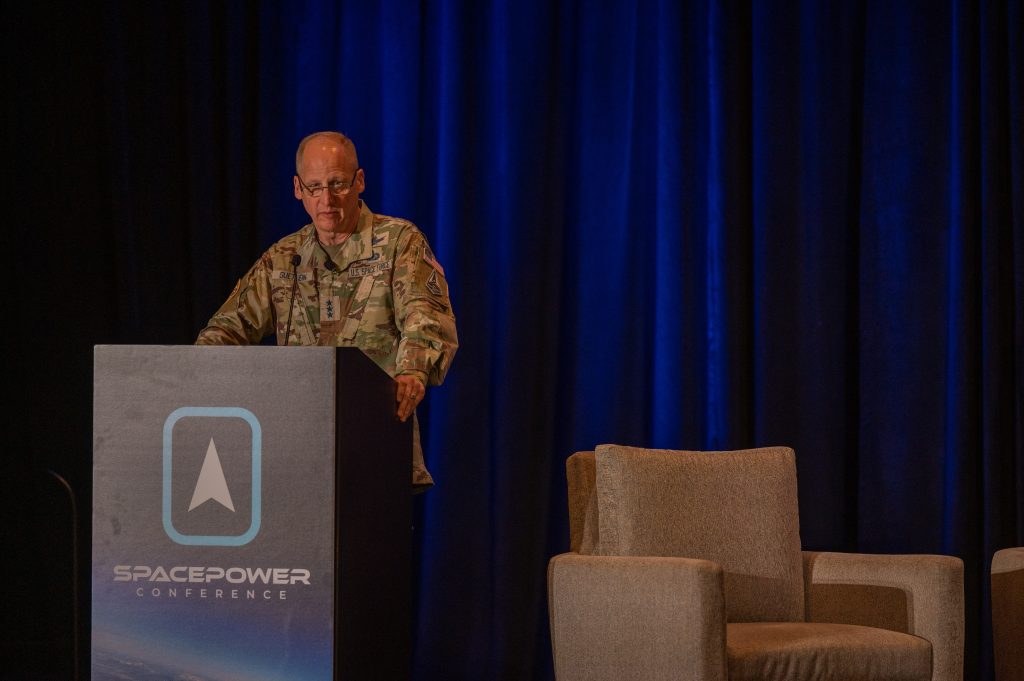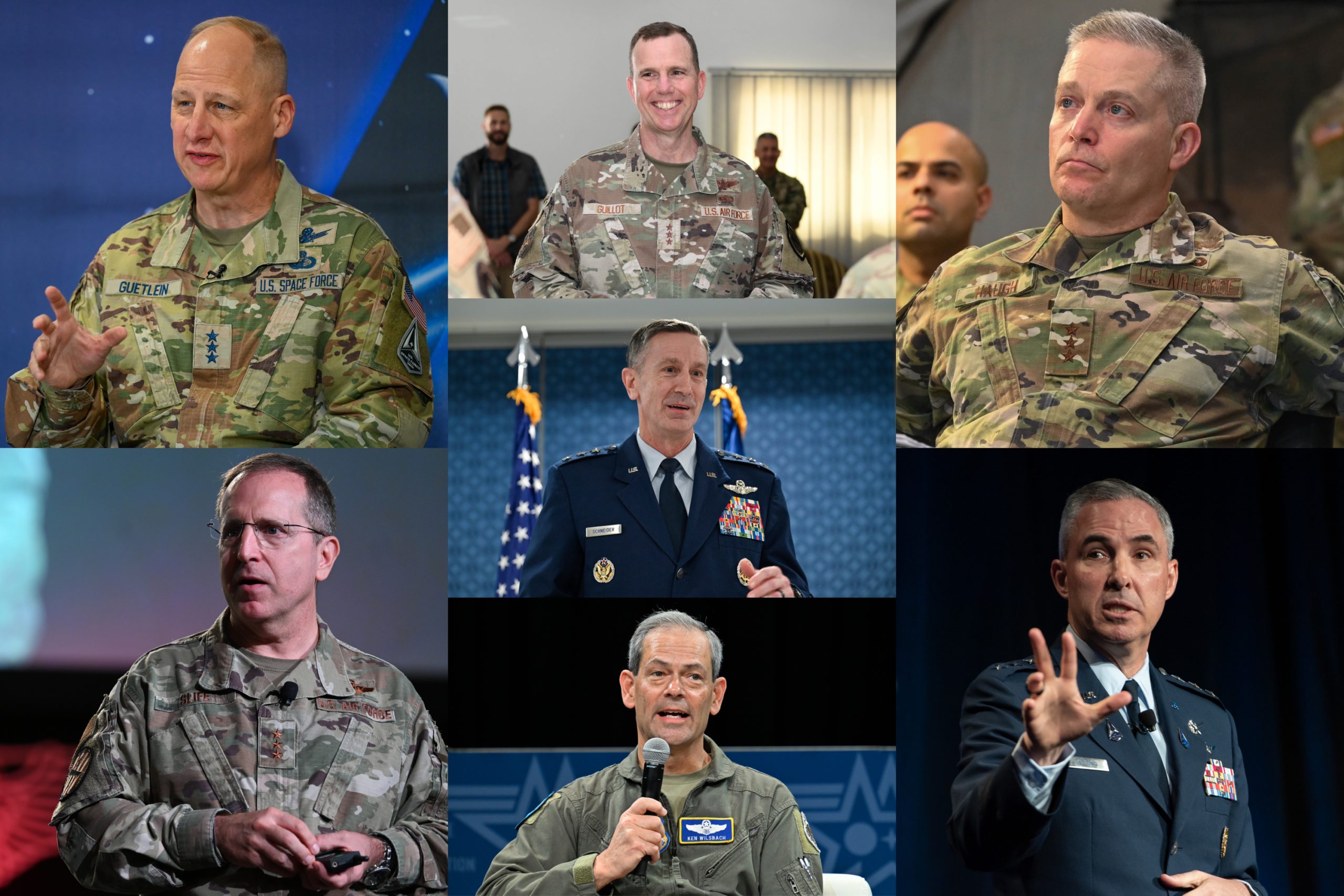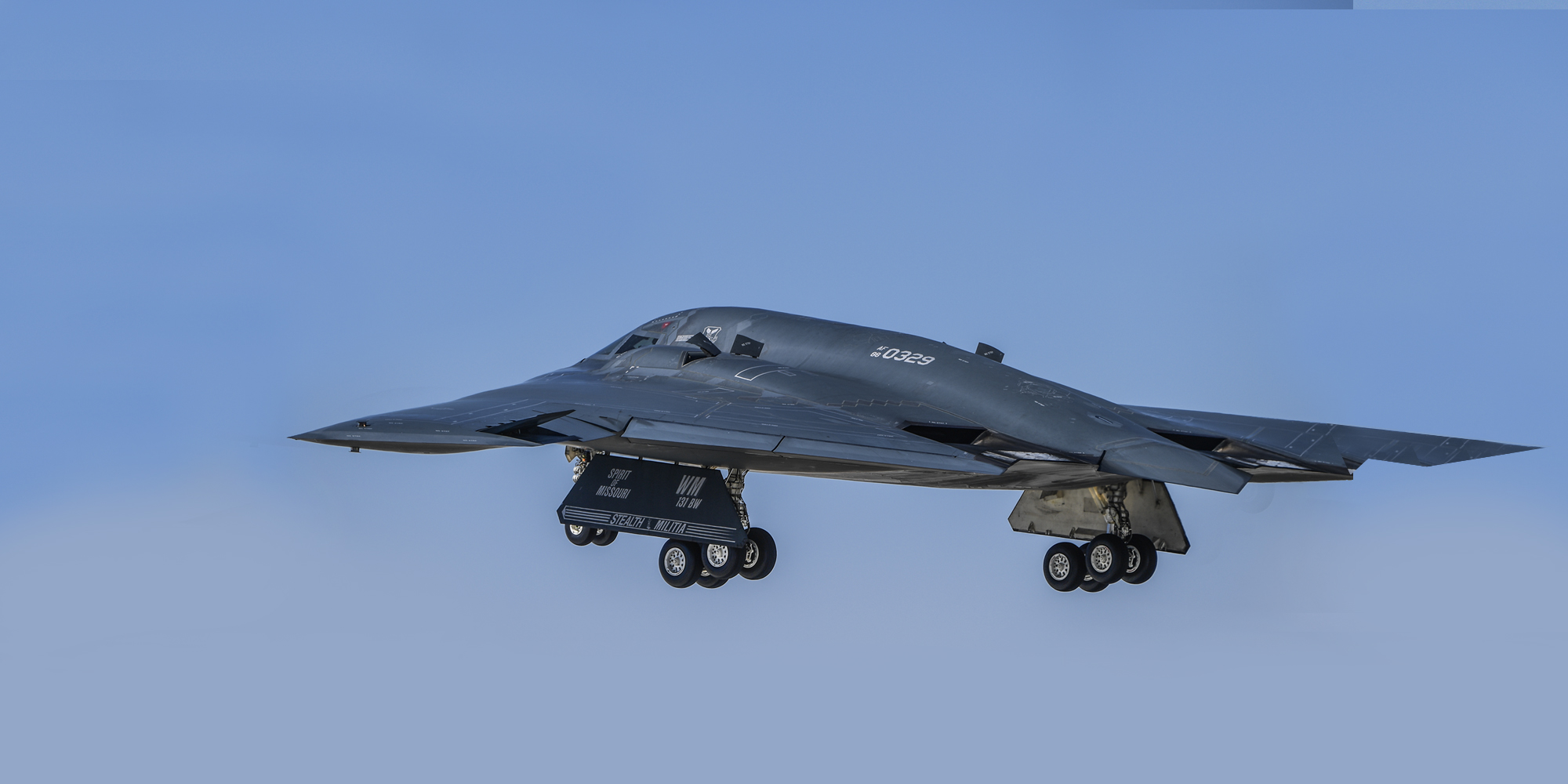In the wake of a CV-22 crash off the coast of Japan last month that killed eight Airmen and other deadly incidents involving the Osprey, the House Oversight Committee has opened an investigation into the tilt-rotor aircraft and is requesting extensive documentation from the Pentagon.
In a Dec. 21 letter to Defense Secretary Lloyd J. Austin III, committee chair Rep. James Comer (R-Ky.) wrote that his committee is “concerned about safety and performance issues surrounding the Osprey program” and wants more information “to better understand the Osprey program’s performance, safety, and oversight.”
On Nov. 29, a U.S. Air Force CV-22 went down off the coast of Southern Japan, killing all eight Airmen on board. It was the deadliest Air Force aviation mishap since 2018, and all three services that fly the Osprey—the Air Force, Navy, and Marine Corps—have grounded their fleets in response.
While the crash was the first fatal CV-22 mishap for the Air Force since 2010, the Osprey has been involved in multiple deadly incidents in recent years. In August 2023, three Marines were killed when their Osprey crashed in Australia. In June 2022, five Marines died when their Osprey went down in Southern California. And in March 2022, four Marines died in a V-22 crash in Norway.
The Air Force also grounded its CV-22 fleet briefly in 2022 after a series of hard clutch engagements—in which the clutch slips and reengages—which caused USAF Ospreys to make emergency landings.
The Osprey, which can take off and land like a helicopter, then move its rotors and fly like an airplane, has long had a reputation for safety incidents, though proponents argue its safety data is comparable to other platforms.
Still, Comer noted in his letter that more than 50 service members have died in Osprey crashes since 1992.
“While, statistically, the Osprey is not considered as dangerous as some other military aircraft, the Committee remains alarmed that most fatalities involving the aircraft have happened during training exercises, not combat operations,” Comer wrote.
A previous Oversight Committee hearing on the program in 2009 was hampered by a lack of cooperation by the Pentagon, Comer noted. Given the costs and continued reports from government watchdogs about issues with the program, “oversight is needed to ensure public safety,” Comer wrote, while noting the Osprey’s military advantages.
Comer set a deadline of Jan. 4 for the Defense Department to provide:
- Safety records, including accident investigations and incident reports
- Maintenance and reliability data and logs
- All documents and communications “detailing incidents or accidents involving Osprey aircraft
- Training and professional development protocols for air crew and maintainers
- Performance evaluations and assessments of the Osprey
- Budget documents, including acquisition and maintenance
- Any third-party evaluations of the program
- Future plans for the program, including upgrades or modifications
The Pentagon’s V-22 Joint Program Office did not immediately respond to a query from Air & Space Forces Magazine on the request for documents.
Pentagon Press Secretary Air Force Maj. Gen. Patrick S. Ryder confirmed to Air & Space Forces Magazine on Dec. 22 the DOD had received the letter and said “the Department will respond accordingly.”
